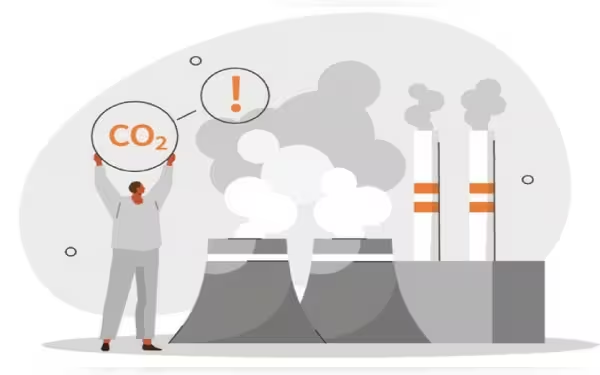Saturday, November 23, 2024 05:28 PM
Smog Crisis in Lahore: Agriculture's Role Under Scrutiny
- Agriculture's contribution to smog is significantly overstated.
- Transport and industry are major pollution sources in Lahore.
- Super seeders can reduce crop residue burning impact.
 Image Credits: dawn.com
Image Credits: dawn.comThe smog crisis in Lahore is complex, with agriculture's role overstated compared to transport and industry pollution.
The ongoing smog crisis in Pakistan, particularly in Lahore, has sparked intense debate about its causes. Many people believe that agriculture, specifically the burning of crop residues, is a major contributor to this environmental issue. However, recent government reports challenge this notion, revealing that the role of agriculture in the smog crisis is significantly overstated.
According to these reports, crop residue burning, which primarily involves the burning of rice stubble, is responsible for only 3.9 percent of the smog in Lahore and around 11 percent in the broader Punjab region. This is a stark contrast to the contributions from other sectors, such as transport and industry, which are several times higher. This data suggests that while agriculture is often blamed for the smog, it is not the leading cause.
Furthermore, the reports highlight the effectiveness of super seeders, which are primarily used in rice fields harvested with combine harvesters. These machines help in reducing the need for burning crop residues, thereby potentially mitigating some of the environmental impact associated with traditional farming practices.
It is essential to recognize that the smog crisis is a complex issue influenced by various factors, including vehicular emissions, industrial pollution, and weather conditions. While addressing agricultural practices is important, focusing solely on crop burning may divert attention from more significant contributors to air pollution.
Understanding the true causes of smog is crucial for developing effective solutions. As citizens, we must advocate for comprehensive policies that address all sources of pollution, not just those that are easy to blame. By doing so, we can work towards a cleaner and healthier environment for everyone. It is time to look beyond the surface and tackle the root causes of this pressing issue.













